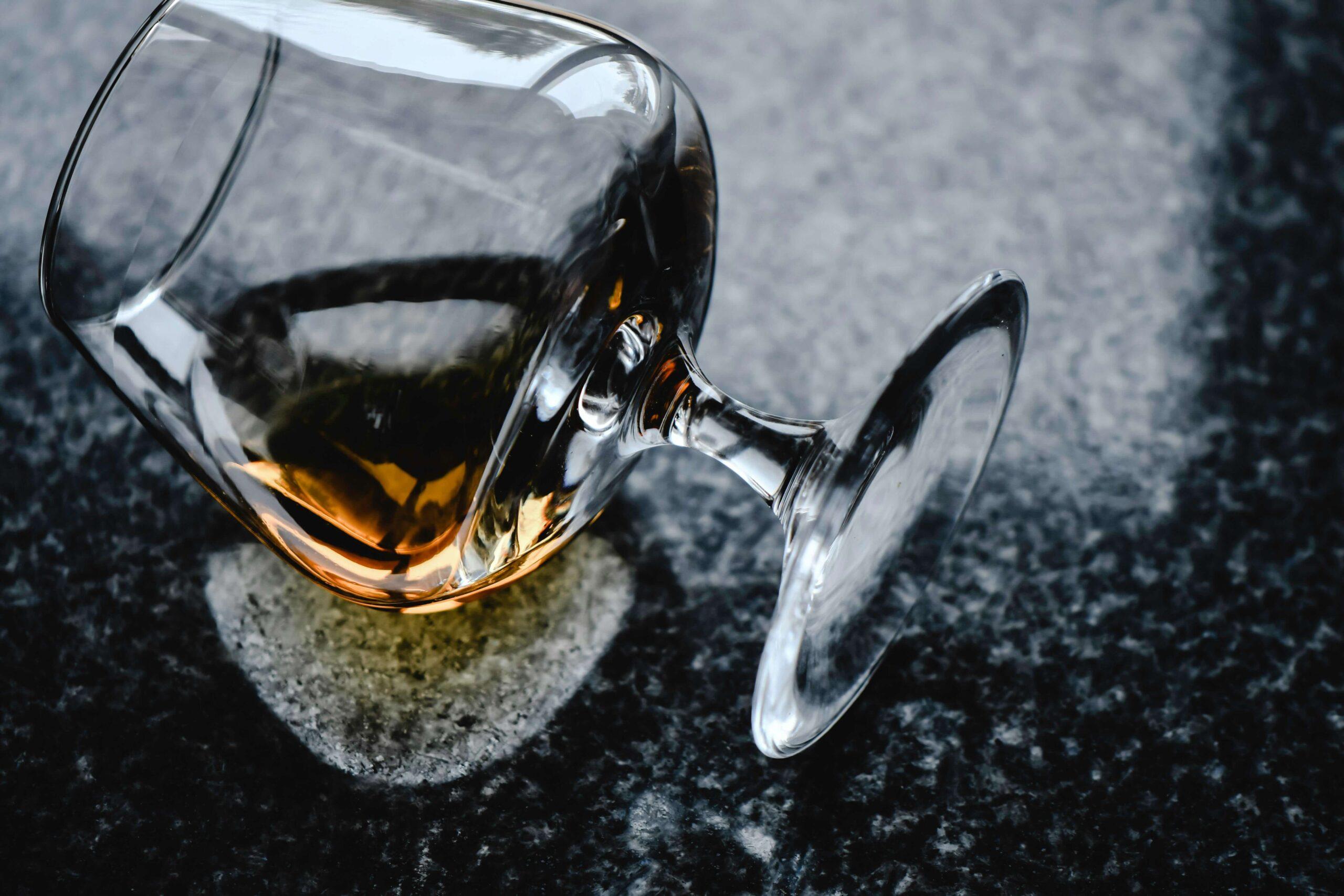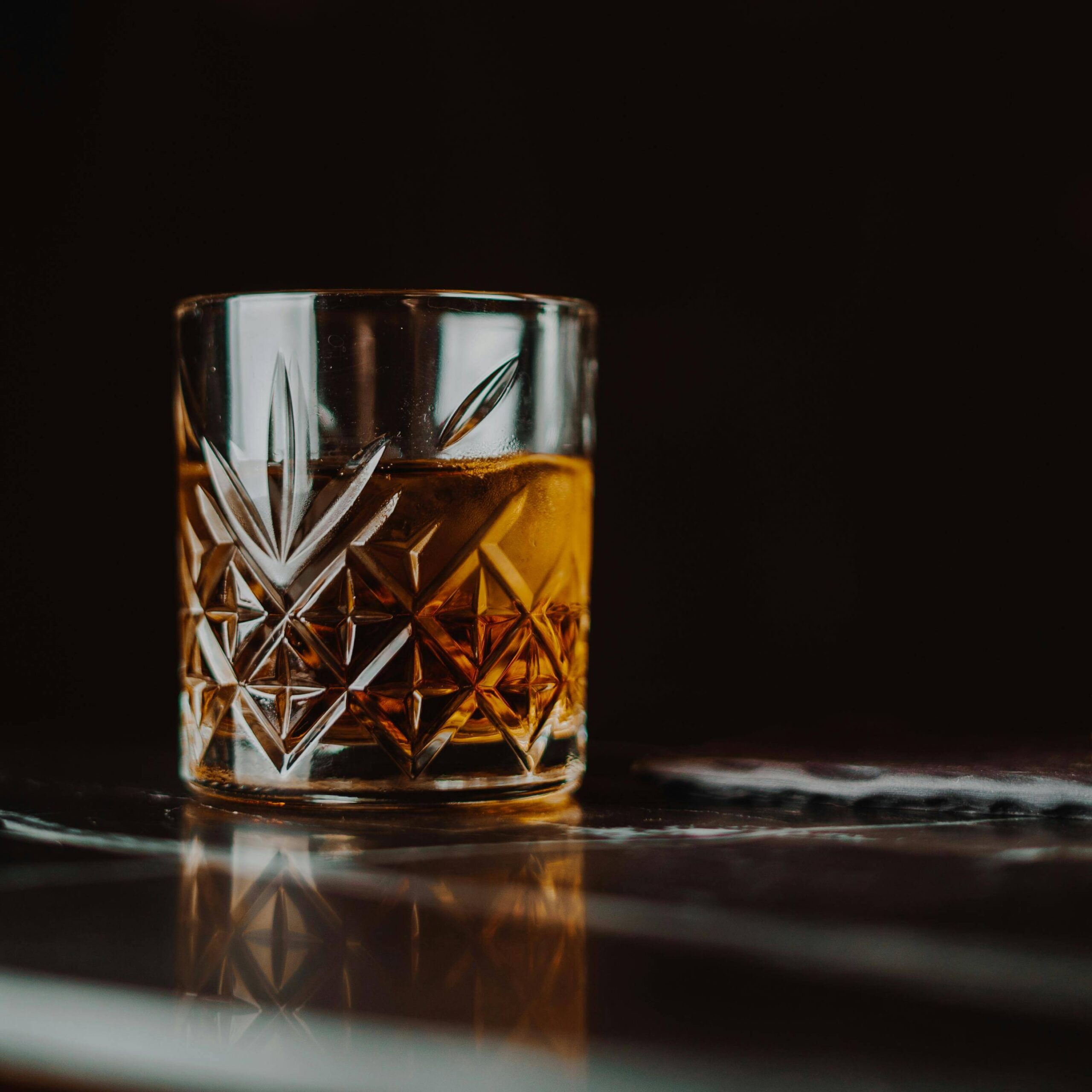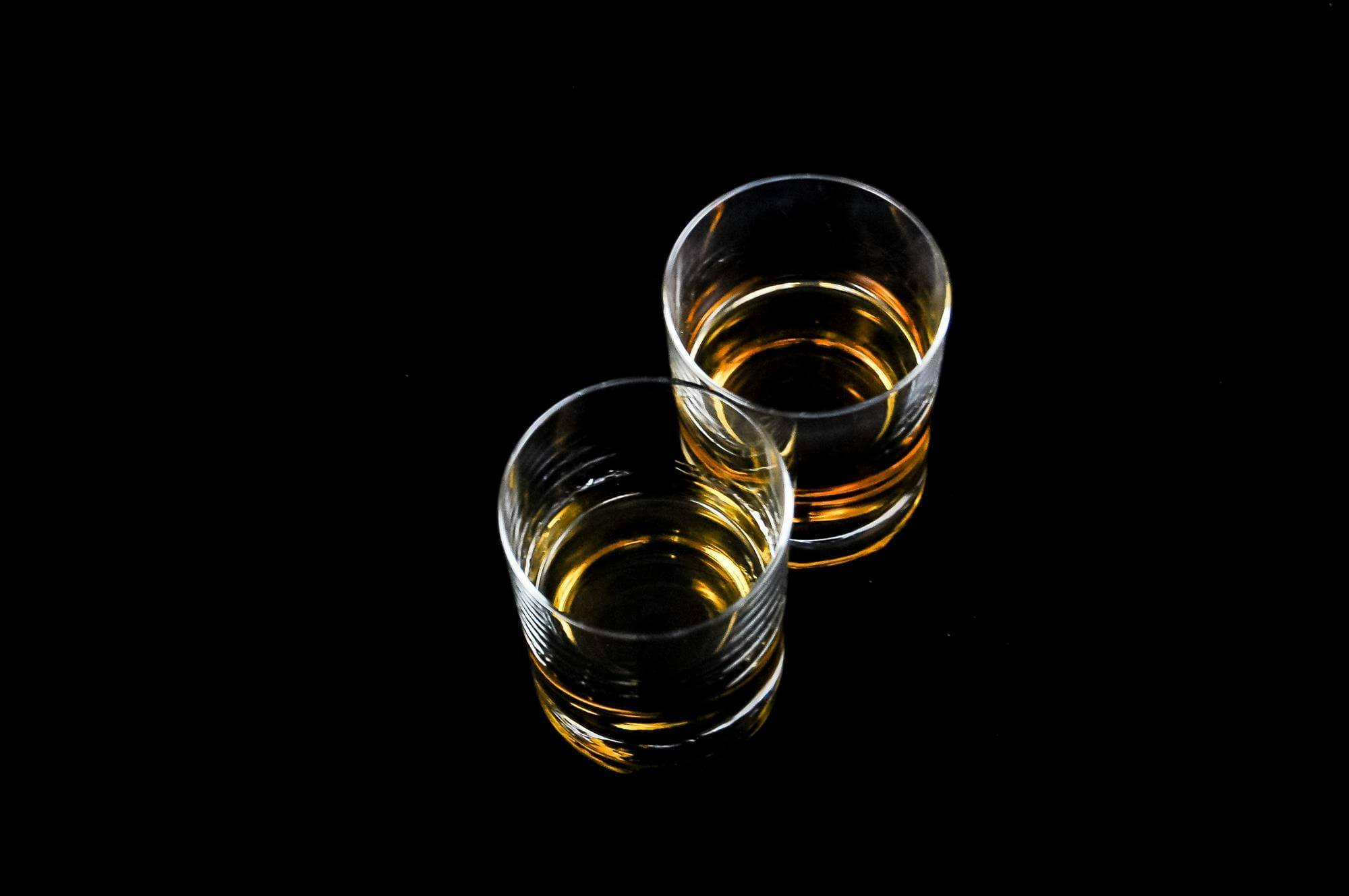Few spirits carry as much cultural weight, global admiration, and storied tradition as whiskey. From ancient medicinal brews to the refined single malts and bourbons we sip today, whiskey and its history have carved out a rich and complex legacy across continents and centuries.
But how did this “water of life” evolve into one of the world’s most beloved spirits?
Whether you’re a seasoned connoisseur or a curious newcomer, understanding whiskey’s past can deepen your appreciation for every taste. So pour yourself a glass and discover how whiskey became not just a drink, but a symbol of heritage, craftsmanship, and global connection.
The Origins of Whiskey

The practice of distillation (separating impure substances utilizing a process of heating and cooling the purifies the liquid) has been around since the first civilizations. In Mesopotamia, it’s predicted that they used distillation to craft perfumes from various ingredients found in nature. In other places around the world, distillation was used to purify seawater for drinking purposes.
As this practice made its way to Europe, it became a common method for those in the Christian religion to use to create ingredients for medicines and ceremonies. The process moved throughout Europe, eventually making it to the coasts of Ireland and Scotland. This is where whiskey was first created. Some historians predict that the farmers in these areas didn’t have vineyards and grapes to ferment, so they attempted to ferment grain mash instead.
The word ‘whisky’ comes from the term “uisge beatha”, which is Gaelic for “water of life”. It was used to refer to whiskey in several different languages in the earliest writings found on the topic.
Whiskey Crosses the Atlantic
The process of distillation migrated with European colonists as they traveled to America. As new distilleries were built and ingredients were experimented with, the whiskey business was flourishing. Then, the kingdoms of Scotland and England were merged, leading to a dramatic increase in taxes after the English Malt Tax went into effect. In order to avoid this tax, many distilleries had to continue running in secret, only in production at night. This led to the term “moonshine” being created.
After the American Revolutionary War, colonists thought they were finally free from extreme alcohol taxes. Then, the whiskey tax was created, which led to the Whiskey Rebellion due to the frustrations of the American people who were expecting change. After those protesting were met with force, the rebellion itself became much less animated. The tax was repealed when Thomas Jefferson was elected into office, abruptly ending any hint of rebellion.
As whiskey spread across early America, Kentucky and Tennessee emerged as key regions in shaping its future. Kentucky’s fertile land and abundant corn created ideal conditions for what would become known as bourbon. By law, bourbon must be made with at least 51% corn and aged in new charred oak barrels, giving it its signature caramel and vanilla notes.
Just south, Tennessee whiskey developed its own identity. Though similar to bourbon, it undergoes the Lincoln County Process, where the spirit is filtered through sugar maple charcoal before aging, which produces a smoother, mellower taste.
Prohibition and Its Aftermath
The Prohibition led to the cessation of production for both bourbon and rye whiskey in all distilleries in America. Moonshine became popular once again, as whiskey production went underground to supply speakeasies and illegal alcohol consumption.
Legislation for Prohibition contained a loophole: alcohol was permitted for both medicinal and scientific use. Those in the medical field used this to their advantage and were able to build their companies and savings on those desperate enough to spend the extra money. This loophole also allowed some scotch whiskey to be imported to America.
After losing a decade of experience and production, American-made companies had a lot to catch up on. It was a slow start, with a lot of recovery needed to get these companies up and running smoothly again. But the desire for whiskey was there, and that was all that really mattered.
Just a few decades later, bourbon whiskey was declared the United States’ official distilled spirit.
Whiskey in the Modern World

Today’s whiskey landscape is more dynamic than ever. The rise of craft distilleries has fueled a new wave of creativity, with small producers experimenting with unique grains, barrel finishes, and aging environments. These distillers often prioritize quality, authenticity, and bold flavor profiles that challenge tradition while honoring it.
Whiskey tourism has also boomed, drawing fans to iconic destinations like the Scotland Whisky Trail and the Kentucky Bourbon Trail. Visitors can tour historic distilleries, sample rare expressions, and connect with the stories behind the spirits.
Sustainability is another growing trend. Many distilleries are now focusing on eco-friendly practices, such as using renewable energy, repurposing spent grain, and exploring alternative aging methods to reduce environmental impact and increase efficiency.
Meanwhile, whiskey has become a serious player in the world of collecting and investing. Limited releases, rare bottles, and discontinued labels are fetching high prices at auctions and fueling a passionate secondary market. Some see whiskey not just as a drink, but as an appreciating asset.
In the modern era, whiskey has become an entire experience.
Fun Facts & Cultural Notes
Whiskey vs. Whisky
The difference in spelling comes down to geography. Countries like the United States and Ireland use “whiskey,” while Scotland, Canada, and Japan prefer “whisky.” Though the spelling varies, the spirit is essentially the same, with each region offering its own distinct style and tradition. When in doubt, follow the local label!
Whiskey With a Price Tag
Some find the idea of collecting whiskey to be a fun hobby. On the other hand, others are so serious about it that they end up spending thousands, if not millions of dollars, on a single bottle. For example, the 1926 Macallan Valerio Adami sold at an auction for $2.7 million. Whiskey has become a piece of history, and collectors cannot seem to get enough.
Conclusion
From its humble origins in ancient distillation practices to its rise as a symbol of heritage and global craftsmanship, whiskey’s journey is as rich and layered as the spirit itself. It has survived taxation, rebellion, prohibition, and globalization—emerging stronger and more revered with each chapter. Today, whiskey is not only enjoyed for its flavor but cherished for the stories it carries in every bottle. Whether sipped in a quiet moment or celebrated in a grand toast, whiskey continues to connect people across cultures and generations. Its legacy, like its taste, only deepens with time.


